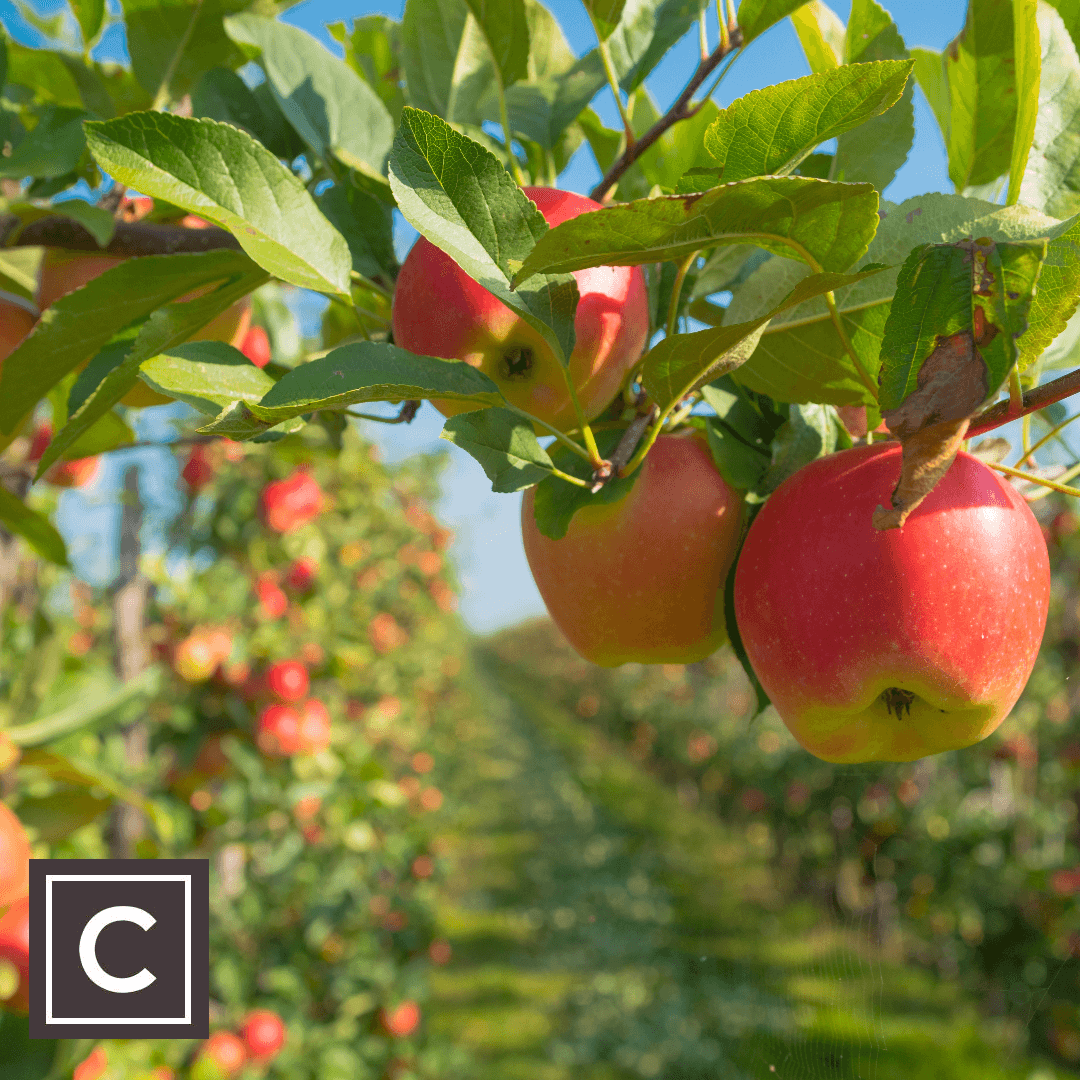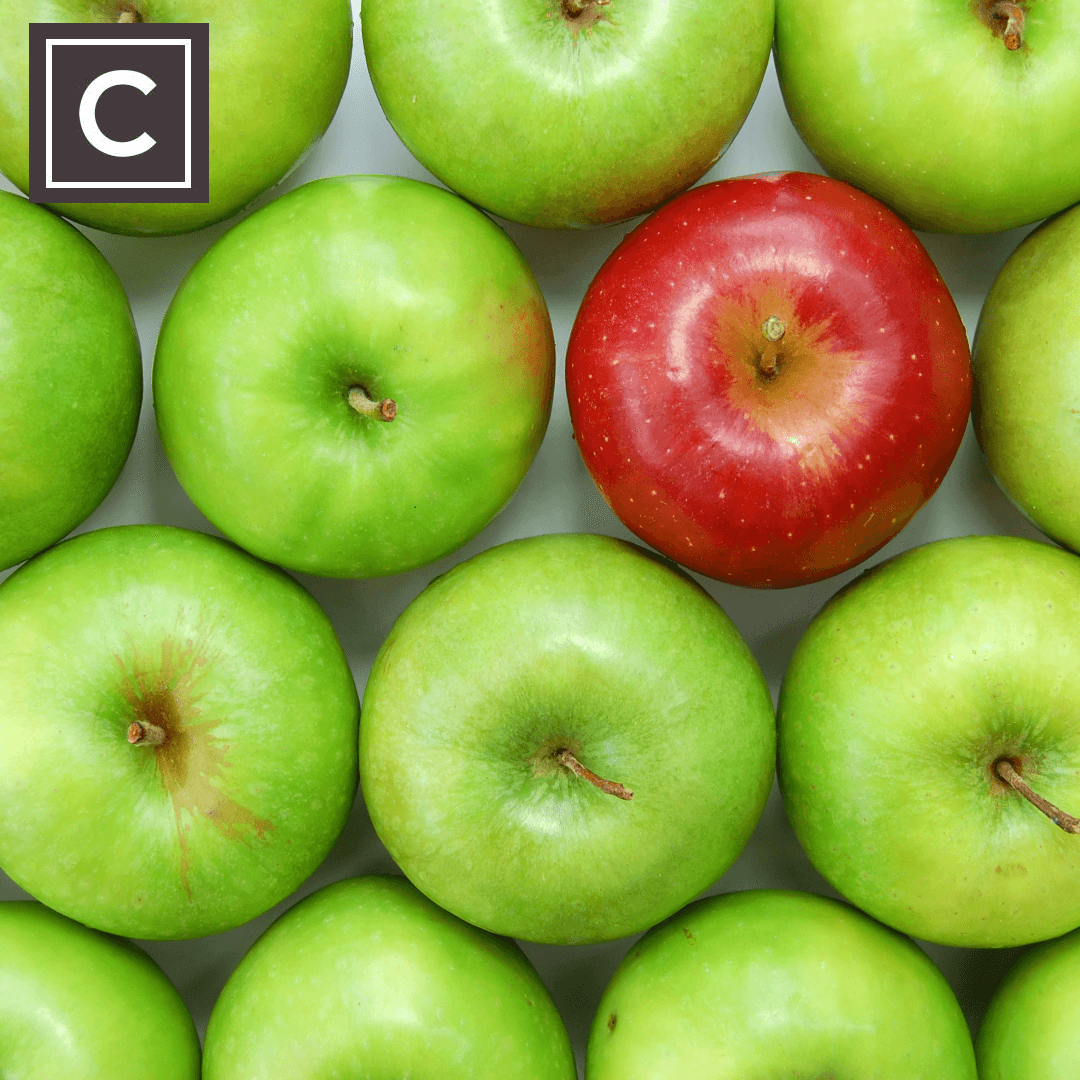Ingredient Glossary: Apple
Posted by Emily on 1st Dec 2019 Reading Time:
Grown in temperate climates, apples are among the most extensively cultivated tree fruits. Over 7,000 varieties exist, many of which are produced in the UK. Nonetheless, a mere dozen or so types are typically found in British supermarkets, many of which are imported.
The colour spectrum ranges from red to yellow and green. Yet, all varieties fall into one of two categories: eating, sometimes referred to as dessert apples (including Cox's Orange Pippin, Golden Delicious, Granny Smith, Braeburn, Gala, Pink Lady and Jonagold), or cooking. The latter possess a more tart flavour due to elevated malic acid levels (notable examples are Bramley, Blenheim Orange, Grenadier, Reverend W Wilkes, and Ida Red). The texture can vary significantly, from exceedingly crisp and juicy to more yielding, depending on the variety.
All apples are a good source of vitamins A and C and fibre.
Availability
British apples are at their peak from September through to November, although they are available year-round.
Choosing the Best
Opt for firm fruit without blemishes, bruising, or wrinkles. Do not be deceived by an overly shiny skin, as many apples are waxed for aesthetic purposes. Moreover, apples with dry, brown patches ('scald') should not be disregarded; this is merely the result of excessive sunlight exposure and does not compromise quality.
Preparation
Eating apples can be consumed with their skin on - wash them thoroughly beforehand. The skin of cooking apples should be removed using a paring knife or a peeler, which minimises flesh wastage. To core, either quarter the apples and remove the core or utilise a corer to keep them whole.
To avert browning, brush the flesh with lemon juice or place it in a bowl of water with added lemon juice.
Storage
Store in a perforated bag within the fridge. For more extended storage, individually wrap each apple in newspaper and lay them, folded side down, in a wooden box or wicker basket in a cool, dark place. Periodically check to ensure none have spoiled, as one rotten apple can ruin the entire batch.
Cooking
Eating apples is enjoyable raw and pairs well with cheese or can be used in a Waldorf salad.
Cooking apples are excellent when stuffed with a filling such as dried fruits or mincemeat, sprinkled with sugar, dotted with butter and oven-baked; chopped for an apple pie or crumble; thinly sliced for a classic French tarte tatin; thickly sliced and pan-fried in butter and sugar, served with ice cream; stewed for apple sauce to accompany game or rich meats like pork; or grated and added to muesli.
Alternatives
Consider pears as an alternative if you fancy something similar, but if you still want apples but no peeling, use Apple sauce as a cheat.



